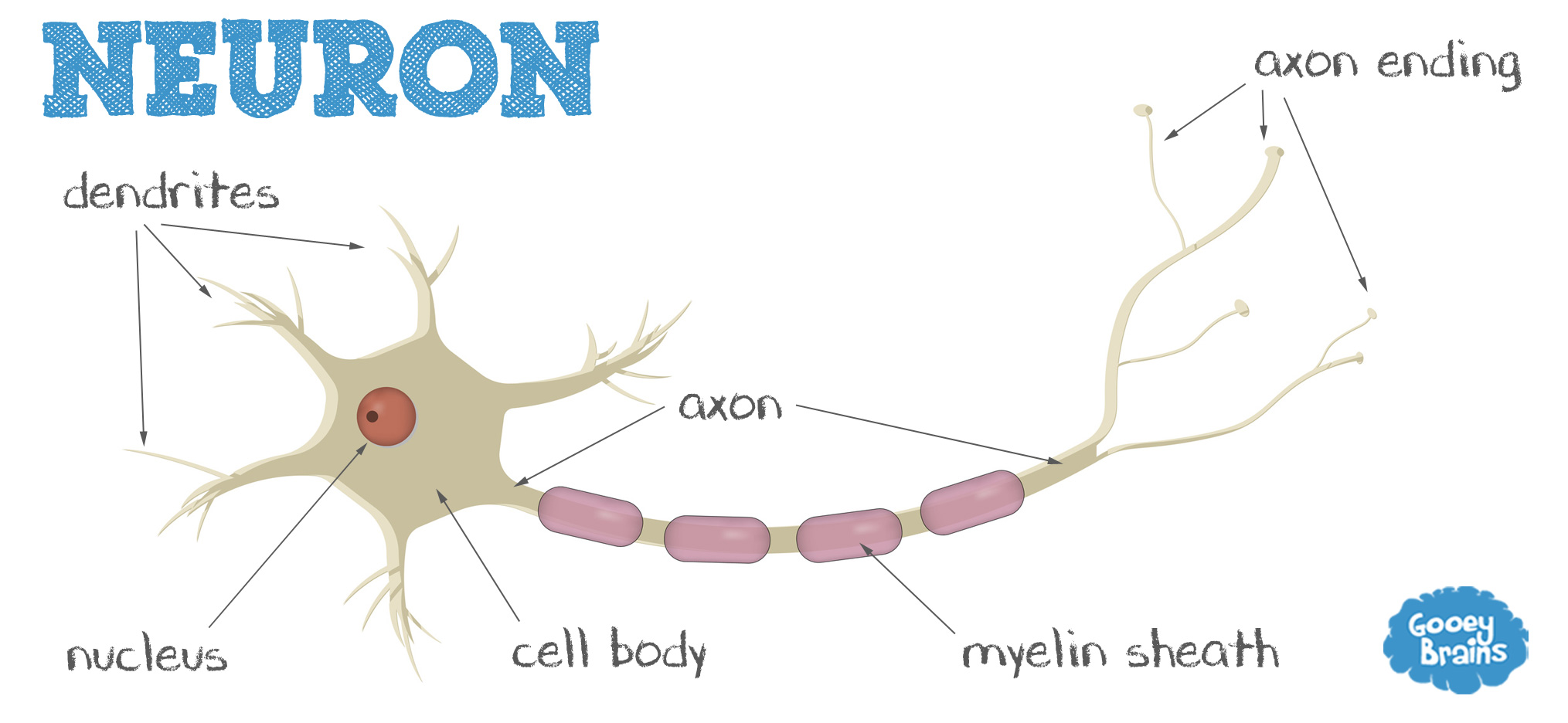

Human neurons have been transplanted in rodents before, but generally in adult animals, usually mice.

Neurons from the organoids formed working connections with circuits in the brain. The organoids grew so that they eventually occupied a third of the hemisphere of the rat's brain where they were implanted. Scientists transplanted those organoids into rat pups 2 to 3 days old, a stage when brain connections are still forming. Those cells then multiplied to form organoids resembling the cerebral cortex, the human brain's outermost layer, which plays a key role in things like memory, thinking, learning, reasoning and emotions. To make the brain organoids, Stanford University scientists transformed human skin cells into stem cells and then coaxed them to become several types of brain cells.


 0 kommentar(er)
0 kommentar(er)
